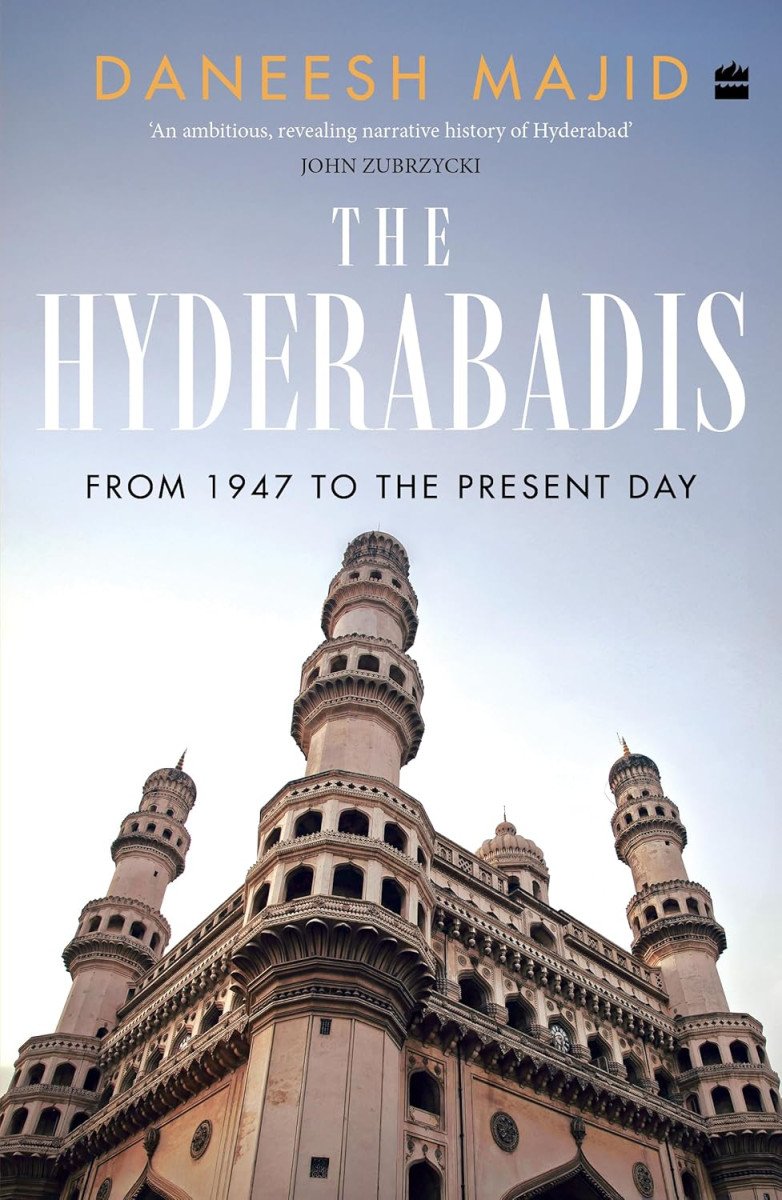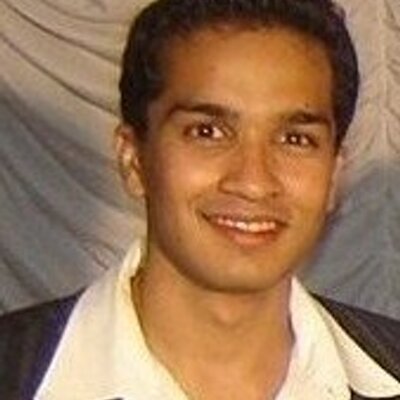Nostalgic About a Hyderabad Between Nizam and NTR
Daneesh Majid's The Hyderabadis: From 1947 to the Present Day is neither about ‘Hyderabadis’, in general, nor about Hyderabadis in a rapidly changing city during the period, ‘1947 to the Present’. The author and the publisher have claimed more for the book with a misleading title. The book is, however, an evocative and a very personalised journey through a very limited history and geography of the city. A period and a place that this reviewer is all too familiar with.
The period covered in some detail and in a meaningful way is essentially from the 1940s till the 1970s. At best the 1980s. The geography within which most of the individuals mentioned in the book have lived spans from around Barkatpura and Kacheguda at one end, Charminar and Afzal Ganj at another, James Street and Hussain Sagar on the third and Masab Tank and Road Number 12 Banjara Hills on the fourth.
It is an important geography of a Hyderabad that no longer exists. Within this space, and during the period mentioned, lived the last Nizam, Mir Osman Ali Khan and his descendants; the newly elected ministers and members of the state legislature of that era; the city’s elite and the middle class; and even the communists that the author writes about.

Daneesh Majid
The Hyderabadis: From 1947 to the Present Day
HarperCollins India, 2025
The author, Daneesh Majid, a journalist and a writer, takes us back to a Hyderabad in transition from the feudal era of the Nizam to the populist era of Congress party and Telugu Desam politics. From a Hyderabad where Urdu was widely understood, if not spoken, to one where Telugu is understood, even if not spoken by the city’s old denizens and new inhabitants.
In this brief period, Abid Ali Khan, the editor of Siasat Daily, was still a familiar name for most Hyderabadis. It is a Hyderabad in which the communists Burgula Narsing Rao and Raj Bahadur Gour could still attract audiences when they spoke. It is a Hyderabad that was still familiar with Kayastha cuisine and knew that in the home of a Narayan Raj Saxena one would get the best mutton biryani, as good as what one might expect in the home of Mohiuddin Qadri Zor.
Such are the names of the Hyderabadis that Majid introduces us to. The author, like this reviewer, would know that Chukka Ramaiah was a communist. But most Hyderabadis today, especially those who have made it to California and Texas, would know him as the maths teacher who helped them make it to an IIT and then onward to the US. Google his name and you will be told that he is popularly known as “IIT Ramaiah”.
Majid has chosen ten Hyderabadis as his companions on a nostalgic trip back to a Hyderabad that no longer exists. In fact, most of his companions on this tour are themselves no longer alive. They defined a period of transition between a feudal era and today’s visibly capitalist one. In this Hyderabad in transition, communists played an important role that many today may not even be aware of. In the elections to the state legislature in 1952, 1957 and 1967, they constituted the main opposition to the Congress party in power.
When Telugu Desam’s N.T. Rama Rao arrived on the political firmament, the communist leader P. Sundarayya, whom Majid writes about in some detail, suggested a 50:50 alliance to NTR for the state legislature. Sundarayya’s self-confidence met NTR’s hubris. “What does NTR know about politics?” Sundarayya said to me while I sat in his kitchen watching him cook noodles and shredded chicken. “I have fought the Congress all my life.” In the event, an alliance was not struck and NTR stormed Hyderabad, altering its social, economic and political character for all time. This new Hyderabad Majid is not too familiar with.
One can understand Majid leaving out Secunderabad and the ‘Secunderabadis’ from his book. That also draws attention to the social and cultural gulf between the residents on either side of Hussain Sagar. My generation crossed the bund, by double decker bus number ‘7’ – Charminar to Secunderabad Station – only to get to the English movie theatres that came up around the Parade Ground, catering to British soldiers during Nizam’s rule.

Daneesh Majid.
But the Hyderabad and the Hyderabadis of the period from 1980, when NTR stormed the city, coming up till today live outside the neighbourhood that Majid and I are familiar with. They live in Nallakunta and beyond, Jubilee Hills and beyond, Ameerpet and Beyond, Chikkadpally and beyond, Uppal and beyond. The lingua franca of this ever-expanding new Hyderabad is Telugu. The old Irani cafes now serve only idli-dosa. (On this see my lament, ‘Where Have Hyderabad’s Irani Cafes Gone?’).
The limitation of Majid’s book is that he has selected for his narrative about an old Hyderabad individuals whom he either had access to or managed to get to who mattered for something in a Hyderabad of the period between the exit of the Nizam and the arrival of NTR. Surely Siasat’s Abid Ali Khan and the CPI’s Raj Bahadur Gour would have been part of any list of Hyderabadis of that era – the interregnum between the Nizam and NTR – but the late L.N. Gupta was a far more prominent Kayastha than the Mr Saxena whom we meet in this book.
Majid’s is a random selection of persons. I wonder why he chose not to write about a prominent Parsi educationist, Perin Vakharia of Princess Esin Women’s Educational Centre at Purani Haveli, or a famous art collector, Jagdish Mittal of Domalguda, or the actor Akkineni Nageswara Rao, who brought Telugu cinema to the city.
Majid’s book is like one that would introduce the Delhi of Civil Lines, Daryaganj and Patel Nagar to the residents of South Delhi, Gurgaon and Noida. It will appeal to a limited audience of those who feel nostalgic about a brief moment in the evolution of this historic city. It will help today’s new arrivals in an ever-expanding metropolis get a feel of a lost city, a lost generation.
Sanjaya Baru is an author, former newspaper editor and former adviser to Prime Minister Manmohan Singh.
This article went live on April thirtieth, two thousand twenty five, at zero minutes past seven in the morning.The Wire is now on WhatsApp. Follow our channel for sharp analysis and opinions on the latest developments.




